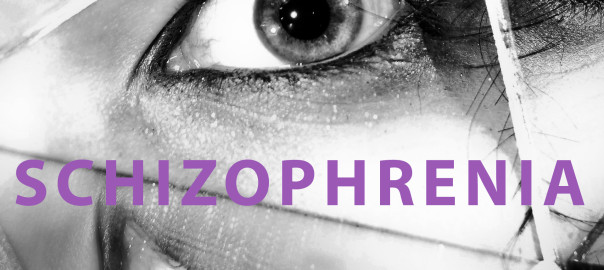Gottesman, I. I. and Shields, J. (1972) ‘A review of recent adoption twin and family studies of Schizophrenia’ Journal of Abnormal Psychology 86, 103–26);
Background
This is the first study we will be looking at from the ‘Explanations of Dysfunctional Behaviour’ section of ‘Dysfunctional Behaviour’, as part of your OCR A2 Health and Clinical Psychology course. It is further categorised into ‘Biological.‘
The following study considers schizophrenia, something which is often misunderstood, therefore it is highly recommended that you read: Schizophrenia: A Very Short Introduction (Very Short Introductions)
Watch this video on Schizophrenia:
Synopsis
Gottesman and Shields (1972) – reviewed previous research on the genetic transmission of schizophrenia.
Aim
To review research on genetic transmission of schizophrenia.
Method and Design
A review article.
A review of adoption and twin studies into schizophrenia between 1967 and 1976.
3 adoption studies by Kety, Wender and Rosenthal
5 twin studies by Kringlen et al. and Gottesman and Shields.
Participants
In total there were 711 participants in the adoption studies. In the twin studies a total of 210 monozygotic (identical) twin pairs and 319 dizygotic (non-identical) twin pairs were studied.
Procedure
As the methodology used by Gottesman and Shields (1972) was a review article, the procedure was simply to study previous research.
The incidence of schizophrenia in adopted children and monozygotic twins was extrapolated from the research.
Findings
All adoption studies found an increased incidence of schizophrenia in adopted children with a schizophrenic biological parent.
Kety found that biological siblings of children with schizophrenia showed a much higher percentage of schizophrenia.
All twin studies found a higher concordance rate for schizophrenia in monozygotic (MZ) than dizygotic (DZ) twins.
In Gottesman and Shield’s own study the rate was 58% for identical twins, and 12% for non-identical twins.
Conclusion
There is obviously a heavy genetic input into the onset of schizophrenia.
Concordance rates less than 100% show there must be some interaction with the environment.
Gottesman and Shields (1972) Evaluation
+ Large sample – the sample size gives the research a high level of reliability.
+ Validity – the quantitative element of the study allows the results to be easily compared and analysed, causation can easily be extrapolated from the results of this study.
– Secondary research – the use of secondary research does not eliminate researcher bias or other issues from the research, as any issues that were present in the pieces of research that Gottesman and Shields (1972) used could have easily been translated to the final piece.
References
Gottesman, I. I. and Shields, J. (1972) ‘A review of recent adoption twin and family studies of Schizophrenia’ Journal of Abnormal Psychology 86, 103–26);
Further Reading
Schizophrenia: A Very Short Introduction (Very Short Introductions)
Psych Yogi’s Top Ten Psychology Revision Tips for the A* Student
